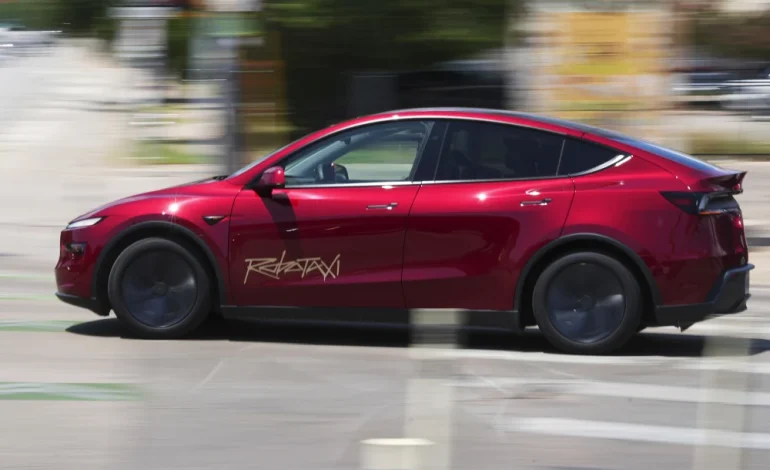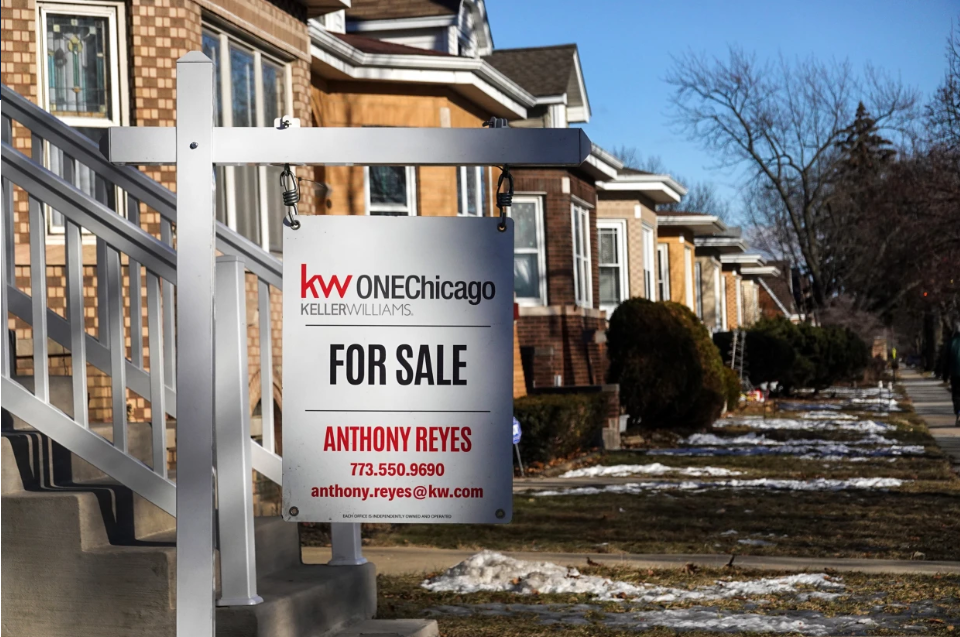Tesla’s experimental robotaxi program, launched in June in Austin, is drawing attention not only for its technological promise but also for the legal and liability challenges it could introduce—for both the company and its vehicle owners, Forbes reports.
The pilot program has reportedly operated without major incidents for over two weeks, though a minor collision occurred on June 24 when a Tesla Model Y struck a parked Toyota Camry. While no injuries were reported, the incident has renewed focus on the potential consequences of autonomous vehicle accidents, particularly in scenarios where passengers may be asleep, under the influence, or otherwise disengaged.
Tesla CEO Elon Musk has long promoted the concept of turning privately owned Teslas into money-making robotaxis. Owners would have the option to add their vehicles to a Tesla-run network, allowing them to generate income while not in use. The system, Musk has said, would function much like Airbnb for cars.
However, legal experts warn that this business model could expose Tesla owners to significant liability.
“Can I imagine a lawsuit against the owner of the car? Absolutely,” said Mike Nelson, a lawyer involved in numerous Tesla-related accident cases.
He noted that vehicle owners could be held accountable for maintenance lapses or misrepresentations about their vehicle’s condition if involved in a crash.
A central concern is the legal distinction between Tesla’s current driver-assistance features—Autopilot and Full Self-Driving (FSD)—and a fully autonomous vehicle in robotaxi mode. In past incidents involving Autopilot, Tesla has maintained that drivers are responsible for vehicle operation. But in a fully autonomous ride-hailing context, the vehicle is solely in control, shifting potential liability toward the manufacturer and, possibly, the owner.
Phil Koopman, an autonomous vehicle researcher at Carnegie Mellon University, questioned the practicality of such an arrangement for private owners.
“If a Tesla robotaxi is involved in a crash, does the owner have to get out of bed at 3 AM and talk to the police?” he asked.
Other companies already operating robotaxi services, such as Alphabet’s Waymo, have established policies assuming full responsibility in the event of accidents. Waymo also offers medical coverage for all riders, regardless of fault. Tesla has not yet detailed how it would handle similar scenarios.
Legal scholars, including William Widen of the University of Miami, advocate for a consistent liability standard for autonomous systems that mirrors that applied to human drivers. Widen suggests that juries should assess a robotaxi’s behavior using the same reasoning applied to fender-benders involving people: Was the driver—or in this case, the software—acting reasonably?
Tesla’s terms of service for its pilot program do contain disclaimers, including one that warns riders they may not always be dropped off at their intended destination and could face interruptions or discomfort. The company also mandates arbitration for disputes, limiting riders’ legal options.
The question of insurance looms large as well. Ben Lewis, an executive at Simulytic, a company analyzing autonomous vehicle risks, said insurance providers may be cautious about covering individually owned cars participating in robotaxi networks.
“It presents a risk profile that is both novel and complex,” Lewis noted.
Maintenance is another area of concern. While competitors like Waymo operate centralized depots for regular vehicle inspection and cleaning, Tesla has not provided a clear outline for how cars in its user-generated robotaxi network would be maintained.
For some Tesla owners, that uncertainty is a dealbreaker.
“Door dings, wheel scrapes, dirt in the car, wear and tear on the seats, germs—those things would drive us crazy,” said Loren McDonald, a longtime Tesla driver. “While in theory it could make financial sense, for our family the negatives would outweigh the gain.”
Tesla’s robotaxis rely on a camera-based system rather than the more expensive sensor suites used by other companies, such as lidar and radar. That cost-saving choice could become a focal point in future litigation, with critics arguing it compromises safety.










The latest news in your social feeds
Subscribe to our social media platforms to stay tuned